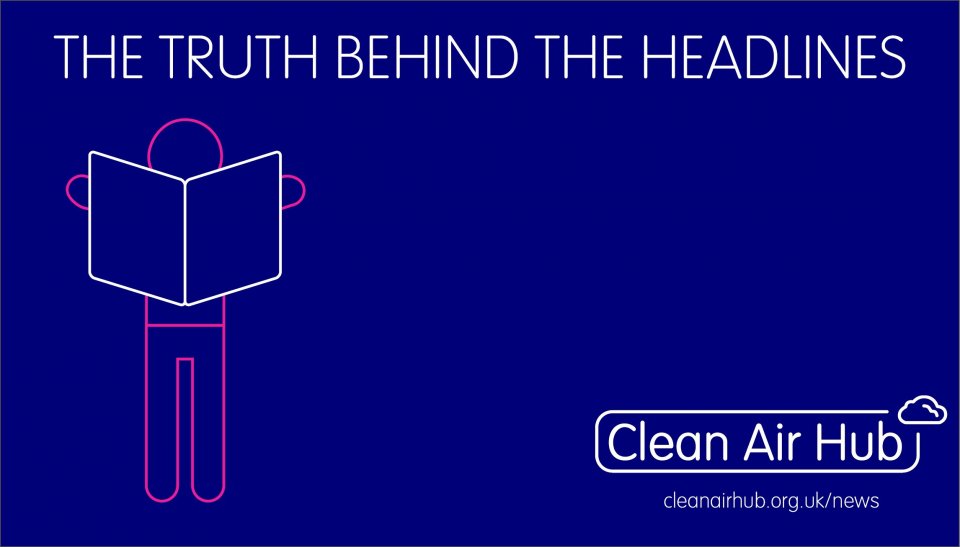News & Stories
Scientists at the Universities of Birmingham and Cambridge say that air pollution could be used to detect areas of London that are vulnerable to further coronavirus outbreak, given strong links between exposure to air pollution and coronavirus transmission. If monitored in London’s Underground network for example, this will inform decisions to suspend or reduce operation of buses, trains and Underground to prevent spread.
Researchers published their findings in Science of The Total Environment, highlighting that using public transport in the UK during a pandemic outbreak has a six-fold increased risk of contracting an acute respiratory infection.
Using our recommended five tips, Global Action Plan reviewed the study:
| Questions to ask to get to the truth | Our response |
| 1. Does the article refer to a report to back up its claims? | The research has been published in Science of the Total Environment. |
| 2. Who is behind the study it refers to? | Manu Sasidharan and Ajith Kumar Parlikad from the Department of Engineering, University of Cambridge (department ranked 3rd in the world for 2020). Ajit Singh from School of Geography, Earth and Environmental Sciences (department ranked 9th in the UK) & Institute of Applied Health Research, University of Birmingham. Mehran Eskandari Torbaghan from the Department of Civil Engineering, School of Engineering, University of Birmingham (department ranked 10th in the UK for 2020). |
| 3. How fantastical and radical is the claim that is being made? | The researchers examined the link between short-term air pollution, coronavirus cases and fatality rate in each London borough/region. This was achieved by collecting air pollution data; measuring the vulnerabilities of different boroughs to coronavirus and estimating the fatality rate across each London borough by dividing the number of reported deaths by the number of reported positive coronavirus cases. The study is therefore not methodologically robust as it relies on a combination of data collection and estimation. |
| 4. What geographical region does the claim refer to? | London |
| 5. What is the sample size of the study? |
Air pollution data was collected in the form of nitrogen dioxide (NO2) and particulate matter (PM2.5). NO2 data was available for 15 boroughs. PM2.5 data was available for 8 boroughs. To estimate the impact of coronavirus on Londoners, data from all 32 boroughs was reviewed and the 10 boroughs with more than 100 reported cases and 10 coronavirus related deaths as of 31 March 2020 were used. |
Our Air Quality Expert Panel reviewed the study. Key reflections include:
“The study looks at air pollutants and numbers of Coronavirus cases but does not take other variables into account such as: population size of boroughs, population profiles and housing profiles, for example how many people are living in one home and the size of the home. Places with higher populations will naturally have more cases, more cars and more pollution whether pollution was affecting Coronavirus infection or not.
The paper also does not look into the link with London Underground concentrations, it merely points out that the concentrations are much higher, which is well known. Overall, the paper is speculation and its conclusions should be questioned.
This is not to say there is not a link between air pollution and Coronavirus, just that this study in particular is not robust enough to evidence a link.”
Want to talk to us about any of our projects? Please get in touch with us here.








